Description
The instruction for medical use
of POLLEZIN medicine
the Trade name
Pollezin
Mezhdunarodnoye the unlicensed
name Levotsetirizin Lekarstvennaya
the Drop form for intake, 20 ml
Structure
of 20 ml of solution contain
active agent – a levotsetirizin dihydrochloride of 0.100 g (that corresponds to 0.084 g of a levotsetirizin),
excipients: glycerin of 85%, propylene glycol, sodium saccharinate, acetate sodium trihydrate, methylparahydroxybenzoate, propyl-parahydroxybenzoate, the ice acetic acid, water purified.
The description
Colourless or almost colourless liquid, without deposit, sweet taste, with a slight smell of acetic acid.
Pharmacotherapeutic group
Antihistaminic drugs for system use. Piperazin derivatives.
The code of automatic telephone exchange R06AE09
the Pharmacological
Pharmacokinetics Later properties of intake levotsetirizin is quickly soaked up from digestive tract. Meal does not affect completeness of absorption though its speed decreases. The maximum concentration in blood plasma is reached in 0.9 hours after single dose inside. The equilibrium state is reached in 2 days. The maximum concentration after single and repeated (on 5 mg daily) reception make 270 ng/ml and 308 ng/ml respectively.
Linking with proteins of blood plasma – 90%. Data on distribution of drug in fabrics and penetration through a blood-brain barrier are absent. The volume of distribution is 0.4 l/kg. Less than 14% of the entered dose are metabolized in a liver by oxidation of an aromatic ring, N- and O-dealkylation and conjugation with taurine. Dealkylation is mainly catalyzed by CYP 3A4, and the CYP isoforms take part in oxidation of an aromatic ring. Levotsetirizin does not affect activity of isoenzymes of CYP IA2, 2C9, 2C19, 2D6, 2E1 and 3A4 in the concentration much exceeding peak concentration at oral administration of 5 mg. Owing to insignificant metabolism and lack of metabolic suppression the interaction of a levotsetirizin with other substances is improbable. Elimination half-life makes 7.9 ± 1.9 hours. The general clearance is 0.63 ml/min. Levotsetirizin and his metabolite are brought mainly by kidneys (85.4% of the accepted dose), by glomerular filtration and active canalicular secretion. Removal through intestines makes 12.9%. Gets into breast milk. The pharmacokinetics of a levotsetirizin is linear, is not dependent on a dose and time and has small distinctions at different examinees. Pharmacokinetic profiles of a single enantiomer and a tsetirizin are similar. At absorption or removal there is no chiral inversion.
The renal failure
Visible clearance of a levotsetirizin from all organism correlates with clearance of creatinine. Therefore it is recommended to specify intervals between receptions of a levotsetirizin on the basis of clearance of creatinine at patients with the moderate or profound renal failure. In an anuretic stage of renal diseases the general clearance from all organism decreases approximately by 80% in comparison with healthy examinees. At the standard procedure of a 4-hour hemodialysis less than 10% of a levotsetirizin are removed.
The pharmacodynamics
Active agent of the drug Pollezzin – levotsetirizin, (R) an enantiomer of a tsetirizin, is a strong selective antagonist peripheral H1 receptors.
Affinity of a levotsetirizin (Ki = 3.2 nmol/l) with histamine H1 receptors and twice above, than at a tsetirizin (Ki = 6.3 nmol/l). Pharmacokinetics researches at healthy volunteers showed that when drawing on skin and on a mucous membrane of a nose of a half dose the activity of a levotsetirizin is comparable to a tsetirizin. Levotsetirizin suppresses activity of the eotaksin-induced transendothelial migration of eosinophils in skin cells and lungs. Pharmakodinamichesky researches showed three main overwhelming effects of a levotsetirizin in a dose of 5 mg in the first 6 hours after contact with pollen: suppression of emission of VCAM-1, change of vascular permeability and reduction of activation of eosinophils. As well as at a tsetirizin, action in the relation a histamine – the induced skin reactions do not depend on plasma concentration.
Prevents development and facilitates a course of allergic reactions, has anti-exudative, antipruritic effect, has practically no anticholinergic and antiserotoninovy effect.
Levotsetirizin in a dose of 5 mg promotes oppression of inflammatory and exudative reaction to a histamine, as tsetirizin in a dose of 10 mg. The ECG did not reveal considerable action of a levotsetirizin on QT interval.
Indications
– treatment of symptoms of year-round and seasonal allergic rhinitis (including persistent allergic rhinitis) and allergic conjunctivitis: sneezing, a rhinorrhea, dacryagogue, conjunctiva hyperaemia
– hay fever (pollinosis)
– urticaria, including, a chronic idiopathic small tortoiseshell
– other allergic dermatosis which is followed by an itching and rashes
– a Quincke’s edema
the Route of administration and doses
Necessary number of drops should be measured by means of a dropper in a tablespoon or a glass of water. Drops should be accepted inside immediately after cultivation irrespective of meal.
Children are aged more senior than 6 years and adults: the recommended dose of 1 ml of drops or 20 drops from a dropper.
Specification of a dose
Children at the age of 2 – 6 years is recommended to elderly patients with the moderate or profound renal failure: the daily recommended dose is equal to 2.5 mg for two receptions in equal doses on 1.25 mg (2 times on 0.25 ml of drops = 2 ´5 drops from a dropper).
Children under 2 years are not recommended to appoint drug in connection with insufficiency of data on administration of drug.
Patients with a renal failure should establish frequency of introduction individually according to function of kidneys. In the table given below necessary changes of a dose are specified. For use of this table it is necessary to estimate clearance of creatinine at the patient (Clcr) at ml/min. After determination of level of creatinine of blood serum (mg/dl) the Clcr value (ml/min.) can be estimated on the following formula:
For men: [140 – age (years)]´ the weight (kg)
of Clcr = — —— — ——— —— — ——— ——
0.82 ´creatinine of serum (µmol/l)
For women: the received value´ 0.85
Correction of doses for patients with a renal failure:
The Clearance of Creatinine group
(ml/min.)
the Dose and frequency of reception
Normal function of kidneys
80
on 5 mg a day
the Slight renal failure
50 – 79
on 5 mg a day
the Moderate renal failure
30 – 49
on 5 mg every other day
the Heavy renal failure
& lt, 30
on 5 mg of 1 times in 3 days
the Final stage of a disease of kidneys – patients on dialysis
& lt, 10
Contraindicated
Patients with an abnormal liver function
When prescribing drug is not required to patients with the isolated abnormal liver function of any changes of a dose. And kidneys specification of a dose is recommended to patients with the combined abnormal liver function.
Duration of a course depends on a look, duration and a course of symptoms. Treatment of hay fever demands 3-6 weeks, and at short-term influence of pollen there is usually enough 1 week of administration of drug. There is an experience of use of a racemate on an extent up to one year in chronic urticaria and chronic allergic rhinitis and also on an extent up to 18 months in an itching, connected with atopic dermatitis.
Side effects
Often: (& lt, 1/10 and & gt, 1/100)
– a headache, drowsiness, increased fatigue
– dryness in a mouth
Infrequently (& lt, 1/100 and & gt, 1/1000)
– an asthenia
– an abdominal pain
Very seldom (& lt, 1/10000)
– allergic reactions, including an anaphylaxis
– a Quincke’s disease, an itching, skin rash, a small tortoiseshell
– increase in body weight
– dispnoe
– nausea
– disturbance of functional hepatic trials
Administration of drug should be stopped if any of the listed above effects reaches clinically significant intensity, and its reason authentically cannot be established.
Contraindications
– hypersensitivity to a levotsetirizin, other derivatives of piperazin or any of auxiliary components of drug
– a heavy renal failure (the clearance of creatinine is lower than 10 ml/min.)
– children’s age up to 2 years
Medicinal interactions
of Researches of interaction of Pollezin with other drugs (including with the inductors CYP3A4) it was not carried out.
There are no clinically significant adverse interactions with pseudoephedrine, Cimetidinum, ketokonazoly, erythromycin, azithromycin, glipizidy and diazepam.
Reduction of clearance of a tsetirizin (16%) was observed at repeated administrations of theophylline (400 mg once a day), at the same time the theophylline pharmacokinetics at simultaneous introduction of a tsetirizin did not change.
Susceptible patients have a simultaneous use of a tsetirizin or levotsetirizin and the alcohol or other means oppressing central nervous system can influence the central nervous system.
Special instructions
It is necessary to refrain alcohol intake during drug Pollezin use.
Pregnancy and a lactation
Data of clinical trials of a levotsetirizin at pregnancy are absent. Therefore women are not recommended to appoint drug during pregnancy and feeding a breast.
Influence on ability of control of vehicles and works with especially dangerous mechanisms
Comparative clinical trials did not reveal signs of disturbance of level of wakefulness, time of reaction or ability to control of vehicles after reception of the recommended doses of a levotsetirizin. However some patients can test drowsiness, fatigue or an asthenia during administration of drug. It is necessary to appoint with care to the persons running motor transport and who are engaged in the types of activity demanding speed of psychomotor and motor reactions.
Overdose
Symptoms: at adults the drowsiness is possible, children have at first an excitement and concern which are replaced by drowsiness.
Treatment: Specific antidote of a levotsetirizin is absent.
The symptomatic and supporting treatment is recommended. Through a short period after administration of drug inside it is possible to make gastric lavage. Levotsetirizin cannot be effectively removed with a hemodialysis.
A form of release and packing
of the Drop for intake, 20 ml. Glass bottles of brown color with the thread for screwing of a cover, of 20 ml, with the polyethylene dropper and a polypropylene cover with an inside polyethylene layer supplied with special protection against opening by children and control of the first opening.
To Store storage conditions at a temperature not above 25 °C.
To store an open bottle no more than 4 weeks!
Not to freeze!
To store out of children’s reach!
3 years
not to apply a period of storage after an expiration date.
Prescription status
According to the prescription
Budapest JSC EGIS PHARMATSEVTICHESKY PLANT Producer 1106, Keresturi St., 30-38 HUNGARY
Phone number: (36-1) 265-5555, the fax: (36-1) 265-5529
Address of the organization accepting in the territory of the Republic of Kazakhstan claims from consumers on quality of products (goods)
Representation in RK JSC Pharmatsevtichesky
the EGIS 050010 plant, Almaty, Bekhozhin St. 11 A
ph. + 7 (727) 2915 069, fax: + 7 (727) 2915 801, e-mail:
To Develop egis@egis.kz
Additional information
| Ingredient |
|---|





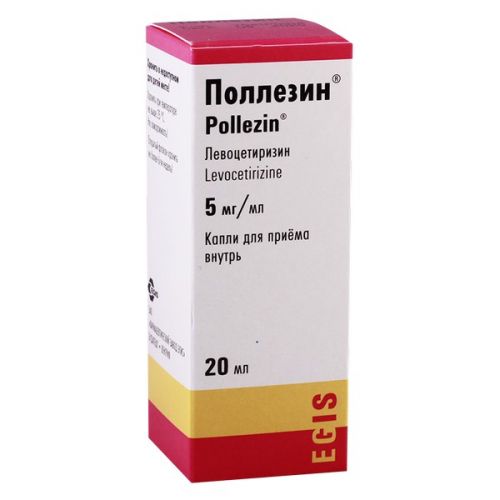
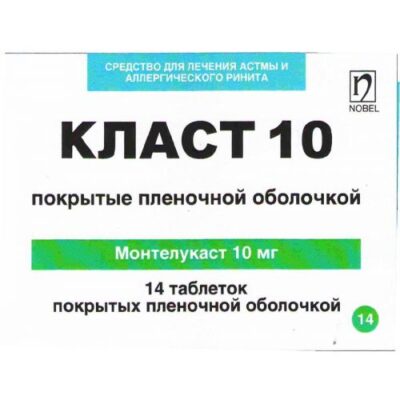
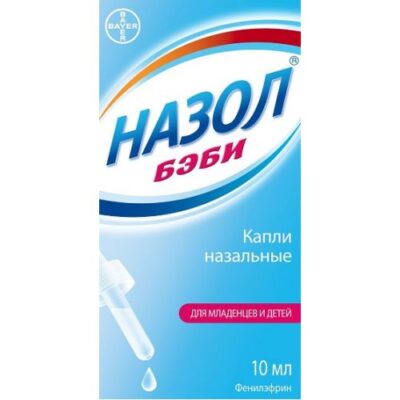
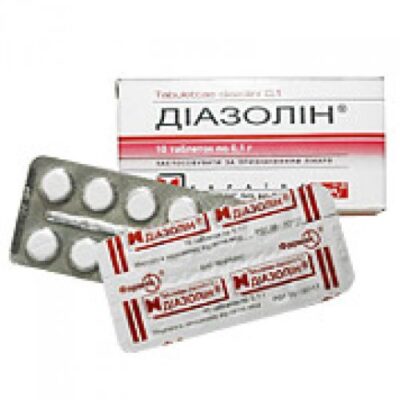
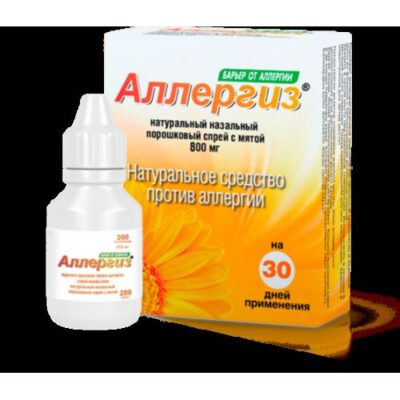
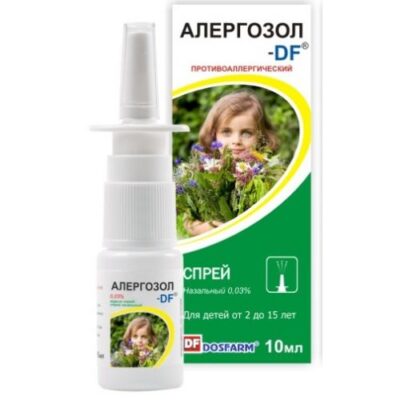
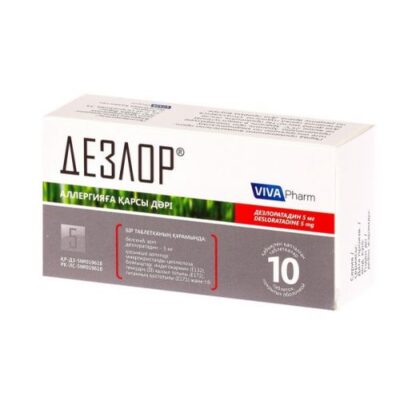
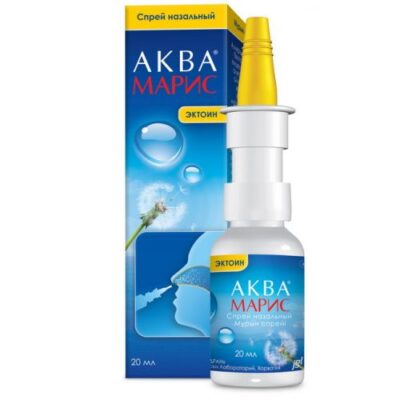
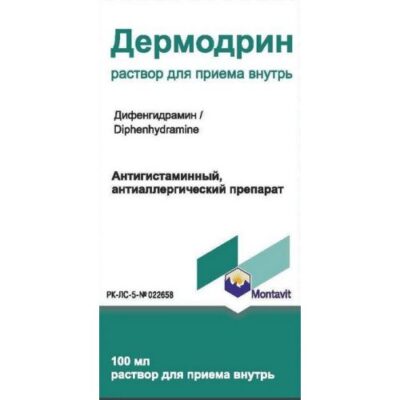
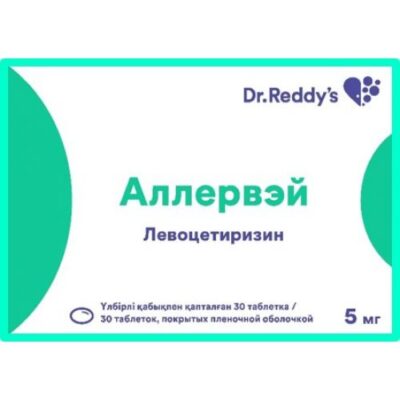
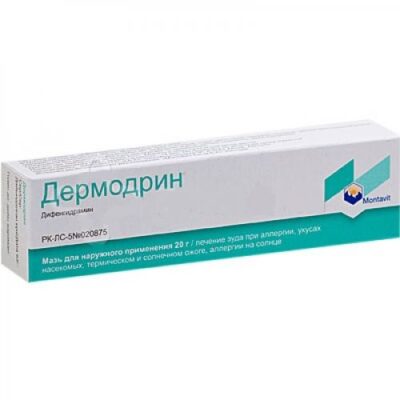






Reviews
There are no reviews yet.